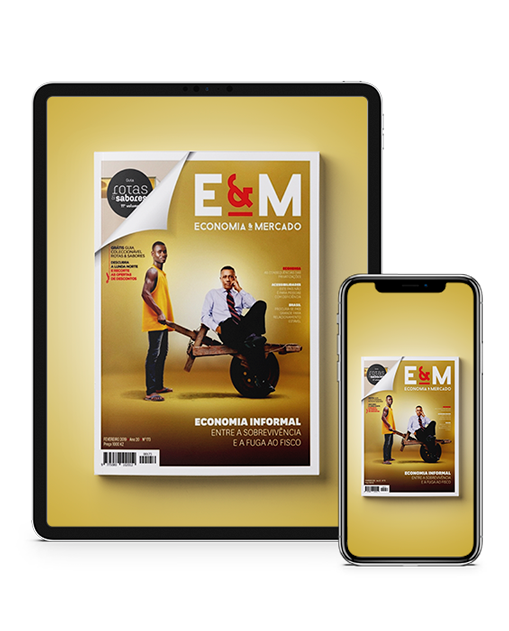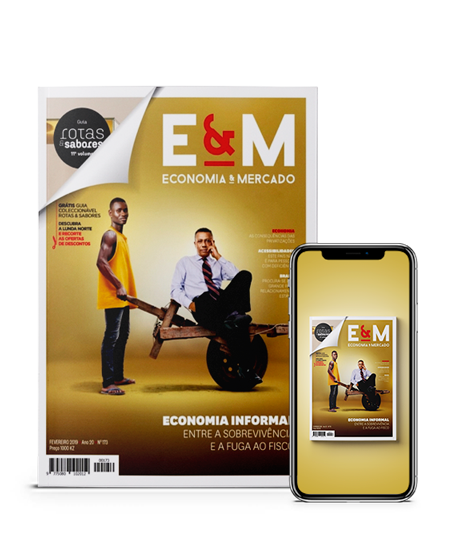O plano de investimento engloba financiamento de infra-estruturas nas nações mais pobres – países de média e baixa rendas – localizados na América Latina, Caraíbas, África e Indo-Pacífico. O plano denominado “Build back better for the world” (Reconstruir melhor para o mundo) rivalizará com a “Nova Rota da Seda”, já posta em marcha pelas autoridades de Pequim.
A “Nova Rota da Seda”, lançada pelo Presidente Xi-Jinping, visa essencialmente a modernização das infra-estruturas e telecomunicações para melhorar a conectividade entre a Ásia e a Europa. Se o “Build back better for the world” for concretizado, nos termos em que é agora anunciado, terá maior abrangência que o “Nova Rota da Seda”, não obstante este preveja também acções em alguns países africanos e até indo-pacíficos.
Para as autoridades americanas, o projecto chinês peca por “falta de transparência, deficientes padrões laborais e ambientais, deixando alguns países em situação pior”.
Já se fazem sentir reacções negativas ao projecto chinês. Por exemplo, o Governo australiano resolveu cancelar alguns projectos conjuntos de infra-estrutura com a China, decisão recebida com muito desagrado pela parte chinesa, e que pode culminar num “efeito dominó”, pois se vão conhecendo já também outras avaliações igualmente negativas ao projecto chinês.
Agora, com a conclusão da Cimeira do G7, torna-se mais evidente o desejo de um relativo afastamento dos estados europeus face à China, do regresso à parceria com os EUA e do novo realinhamento entre antigos parceiros – EUA, Europa, Canadá e Japão.
O projecto chinês visa melhorar o acesso aos mercados e recursos internacionais, fortalecendo, assim, a sua influência sobre os outros países. Sem sombra para dúvidas que o “Build back better for the world” persegue o mesmo fim. Compete agora aos países receptores mostrarem capacidade para fazer as melhores escolhas.
Torna-se mais evidente o desejo de um relativo afastamento dos estados europeus face à China, do regresso à parceria com os EUA e do novo realinhamento entre antigos parceiros – EUA, Europa, Canadá e Japão.
The battle of the elephants
The biggest news from the recent meeting of the G7 (USA, Japan, Germany, United Kingdom, France, Canada, Italy) in England was the decision of the seven countries to jointly develop a major global investment plan, under the leadership of the United States, for financing infrastructure in the poorest nations - middle and low-income countries - located in Latin America, the Caribbean, Africa, and the Indo-Pacific region. The plan called “Build back better for the world” will rival the “New Silk Road” already set in motion by the Beijing authorities.
The “New Silk Road”, launched by President Xi-Jinping, essentially aims at modernizing infrastructure and telecommunications to improve connectivity between Asia and Europe. If the “Build back better for the world” plan is accomplished as designed, it will have greater scope than the “New Silk Road”, even though the latter also provides for actions in some African and even Indo-Pacific countries.
For the American authorities, the Chinese project suffers from “lack of transparency, poor labor and environmental standards, leaving some countries in an even worse situation”.
Negative reactions to the Chinese project are already being felt. For example, the Australian government decided to cancel some joint infrastructure projects with China, a decision that was received with great displeasure by the Chinese side and may culminate in a “domino effect”, as other negative assessments of the Chinese project are coming to light.
Now, with the conclusion of the G7 Summit, the desire of European states to relatively distance themselves from China, resume the partnership with the US, as well as a new realignment among former partners - US, Europe, Canada, and Japan - is becoming more evident.
The Chinese project aims at improving access to international markets and resources, thereby strengthening its influence over other countries. Without a shadow of a doubt, “Build back better for the world” pursues the same end. It is now up to recipient countries to show their capacity to make the best choices.
The desire of European states to relatively distance themselves from China, resume the partnership with the US, as well as a new realignment among former partners - US, Europe, Canada, and Japan - is becoming more evident.
.png)












